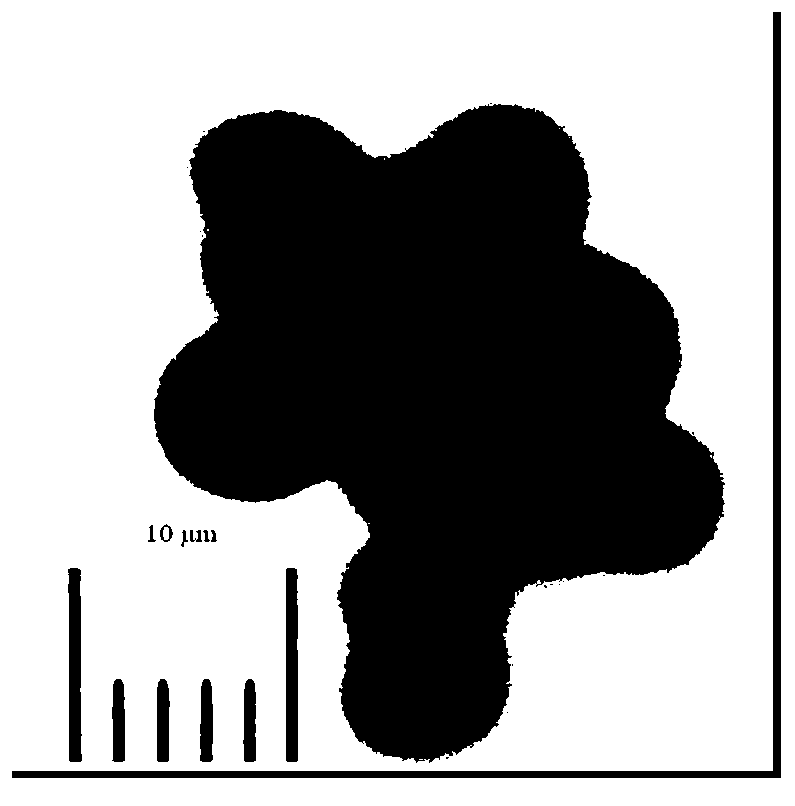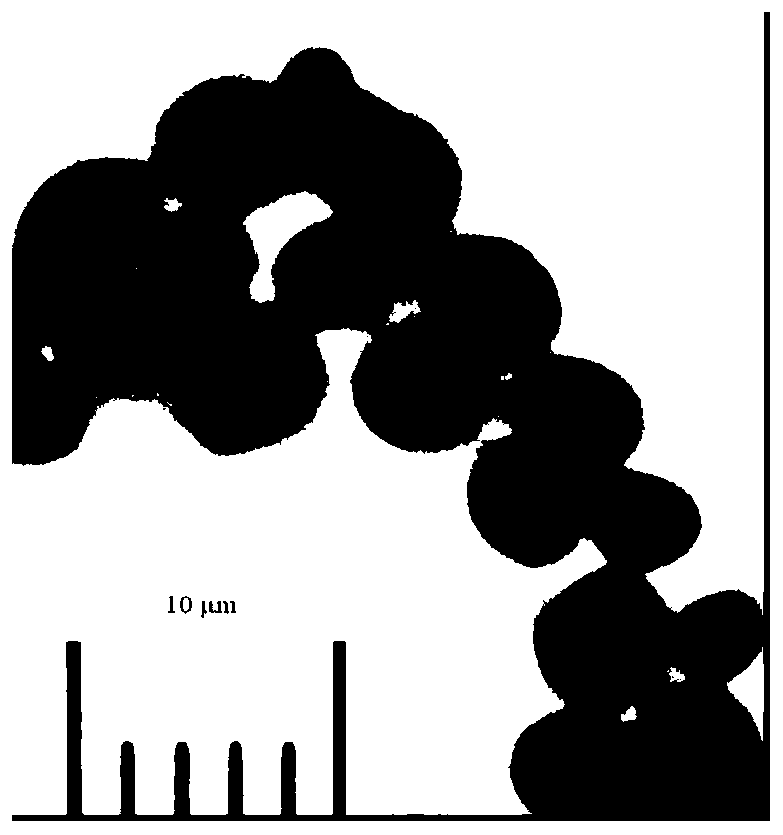A kind of Saccharomyces cerevisiae strain for wine with high glycerol production and low acetic acid production and construction method
A Saccharomyces cerevisiae strain and Saccharomyces cerevisiae technology, applied in the field of Saccharomyces cerevisiae strains and constructions for high-yield glycerin and low-acetate wines, to achieve the effects of no organic amines, high sugar and alcohol tolerance, and low residual sugar
- Summary
- Abstract
- Description
- Claims
- Application Information
AI Technical Summary
Problems solved by technology
Method used
Image
Examples
Embodiment 1
[0063] [Example 1] Isolation, purification and mating type identification of Saccharomyces cerevisiae NJZCC17 (CGMCC No.3284) and NJZSC5 (CGMCC No.3732) haploid strains
[0064] Two strains of NJZCC17 and NJZSC5 preserved in the laboratory were cultured on YEPD agar medium at 28°C for 48 hours, and activated twice continuously. Pick a single colony of the activated strain and transfer it to the international universal spore-forming medium (McClary medium) to induce sporulation, culture at 28°C for 7 days, observe the formation of ascospores under a microscope, and use a hemocytometer to count The total number of yeast and ascospores were calculated, and the sporulation rate was calculated. After culturing for 7 days, the sporulation rate of the two parental strains was observed under a microscope and both were above 70%.
[0065] Sporulation rate (%) = ascospore number / total cell number.
[0066] Take a clean glass slide, add a little distilled water dropwise, take a little ...
Embodiment 2
[0071] [Example 2] Knockout of Saccharomyces cerevisiae haploid strain ALD6 gene
[0072] Utilize Plasimid Mini Kit I (Omega, USA) plasmid extraction kit to contain pUG6 plasmid (such as Figure 5 ) DH5α Escherichia coli for plasmid extraction, and its concentration was diluted to 20-50ng / μl, and stored in a -20°C refrigerator for later use as template DNA. According to the sequence of the ALD6 gene (Genbank number: 856044) in the Yeast genome, design a pair of primers for constructing a knockout plasmid, and the 54bp upstream primer is 5'-AACATCAAGAAACATCTTTAACATACACAAACACAT CTTCGTACGCTGCA GGTC-3' and 62bp downstream primer 5'-TTTGTGTATATGACGGAAAGAAATGCAGGTTGGTACATTA GCATAGGCCACT AGTGGATCTG -3', synthesized by Shanghai Bioengineering Technology Service Co., Ltd. (the sequence underlined at the bottom is the complementary primer sequence to the pUG6 plasmid). The PCR amplification conditions are: 94°C×4min, one cycle; 94°C×30s, 62°C×30s, 72°C×1min, 30 cycles; 72°C×10mi...
Embodiment 3
[0075] [Example 3] Knockout of ALD6 gene knockout strain G418 selection marker gene
[0076] Utilize Plasimid Mini Kit I (Omega, USA) plasmid extraction kit to contain pSH65 (such as Figure 8 ) (GAL1-cre, phleomycin resistance) plasmid DH5α Escherichia coli for plasmid extraction, and the method in Example 2 to 17A24-ald6△-KanMX and 5125-ald6△-KanMX two gene knockout strains were transformed again, and used The YEPD medium containing 100 μg / ml phleomycin was used for selection. After the transformants grew out, they were induced and cultured in YEPG liquid medium containing galactose for 5 hours. The presence of galactose induced the expression of Cre recombinase on the pSH65 plasmid, thereby mediating the integration into the adjacent haploid yeast genome. Knockout of the KanMX (G418 resistance) gene between loxP sites. Then spread on the YEPD solid culture plate, after obtaining a single colony, copy it to the YEPD solid plate containing 200 μg / ml G418, and screen the str...
PUM
 Login to View More
Login to View More Abstract
Description
Claims
Application Information
 Login to View More
Login to View More - R&D
- Intellectual Property
- Life Sciences
- Materials
- Tech Scout
- Unparalleled Data Quality
- Higher Quality Content
- 60% Fewer Hallucinations
Browse by: Latest US Patents, China's latest patents, Technical Efficacy Thesaurus, Application Domain, Technology Topic, Popular Technical Reports.
© 2025 PatSnap. All rights reserved.Legal|Privacy policy|Modern Slavery Act Transparency Statement|Sitemap|About US| Contact US: help@patsnap.com



